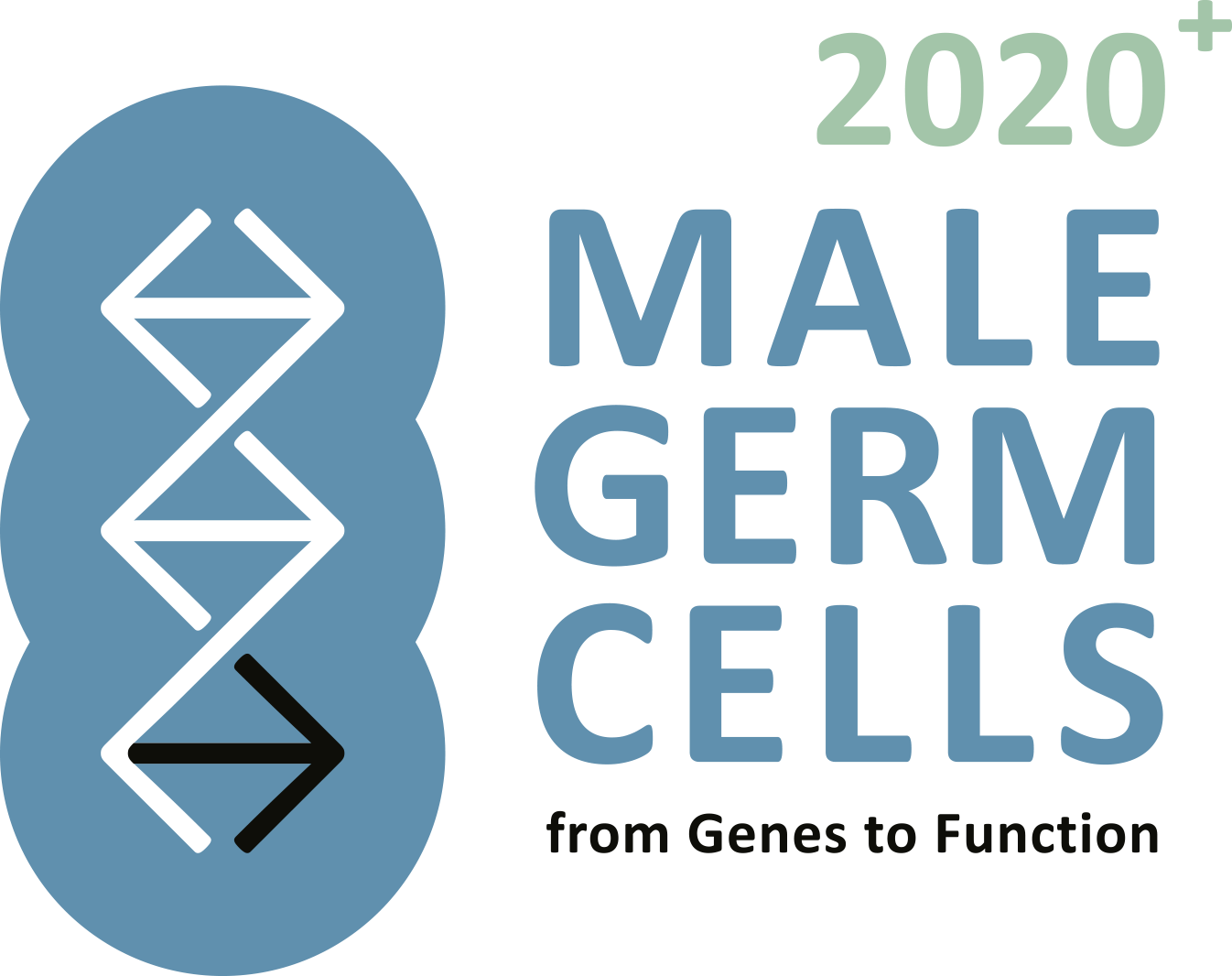P3: Male specific differentiation of human germ cells: a xeno-organoid approach
P3 becomes P2 in the CRU renewal application 2020+.
Stefan Schlatt, Centre of Reproductive Medicine and Andrology (CeRA) (Homepage)
Hans Schöler, MPI for Molecular Biomedicine (Homepage)
The male fate in primordial germ cells is induced during testicular morphogenesis. Sertoli cells engulf germ cells and subsequently form aggregates as the first sign of seminiferous cord formation. Germ cells in seminiferous cords respond with a male-specific pattern of expansion and migration and implement transcriptional and epigenetic changes. They are now entitled gonocytes. Mouse germ cells growing in testicular organoids were prompted to enter the male fate. Here we aim to develop a xeno-organoid approach exposing human cells to a rat testicular microenvironment. The earliest events of testicular morphogenesis are explored in rat fetuses by digital image analysis and computer-assisted 4D-modeling during testis cord formation. Changes in the somatic microenvironment and the corresponding changes in germ cells entering the male differentiation pathway will be monitored by cell specific markers. Multispectral imaging permits to describe cellular differentiation patterns. Quantitative phenotyping of functional parameters will be performed to fully understand the interplay of somatic and germ cells. This will reveal the details on the morphogenetic events in an intact testicular microenvironment. In the second part of the project, we focus on the analysis of human germ cells. Human embryonic stem cells and induced pluripotent stem cells are available at the MPI. Using established protocols, these cells are differentiated to precursors of germ cells or human primordial-germ cell like cells. All three cell types will be co-cultured with cell suspensions from immature rats. As shown in previous and preliminary experiments, these cells form testicular organoids consisting of seminiferous cord-like structures established in vitro by self-organization of Sertoli and peritubular cells. We will first substantiate standardized and valid conditions for culturing human germ cells in rat testicular organoids. We will then use the xeno-organoid system to explore the differentiation of human germ cells. Endpoints of the analysis are changes in cellular migration and expansion patterns as well as the detection of a range of markers indicating the differentiation status of human germ cells. Relevant changes to determine entry of germ cells into the male fate are also determined at the transcriptome and epigenome level. We expect to describe unknown mechanisms involved in human male germ cell differentiation and new markers and functions in somatic and germ cells relevant for establishing normal testicular function. As an outlook, we foresee that the xeno-organoid system will be applicable as a test system to describe pathological phenotypes in human germ cells derived from iPS cells from infertile men.


